Equipment CRM is designed to help you, the sales representative, maximize the value of Equipment CRM for your business. By focusing on key metrics such as activity tracking, pipeline management, customer engagement, financial performance, and competitive analysis, this software provides comprehensive insights that drive strategic decision-making and enhance overall sales effectiveness.
As an Equipment CRM user, leveraging these metrics will empower you to better understand customer needs, optimize sales processes, and ultimately achieve greater business success.
Daily Activities: Tracking the daily activities of sales representatives helps in understanding how engaged they are with customers and how much time they spend on various tasks.
Overdue Activities: Monitoring overdue activities ensures that important tasks are not missed and helps in maintaining a high level of customer engagement.
Activity History: Keeping a detailed log of past activities provides insights into customer interactions and helps in planning future engagements.
Opportunities by Source: Tracking the source of opportunities helps in understanding which channels are most effective in generating leads.
Opportunity Stages: Monitoring the stages of opportunities (e.g., Outstanding, Development, Proposal, Won, Lost) provides insights into the sales process and helps in identifying areas for improvement.
Lead and Opportunity Performance: Measuring the performance of leads and opportunities helps in understanding conversion rates and the effectiveness of sales strategies.
Customer Coverage: Evaluating how well customers are covered by completed activities versus their Planned Annual Review ensures that high-potential customers receive adequate attention.
Customer Segmentation: Analyzing customer profiles based on loyalty and growth potential helps in tailoring sales strategies to different customer segments.
Last Customer Activities: Keeping track of the most recent activities for each customer helps in maintaining up-to-date customer engagement.
Sales Performance Summary: Comparing sales performance across different regions and against company averages helps in identifying high-performing areas and areas needing improvement.
Equipment Sales Budget: Monitoring revenue generated and accounts assigned helps in managing financial targets and budgeting for future sales activities.
Competitive Info by Region and Model: Analyzing competitive information across different regions and equipment types helps in understanding market positioning and competitive threats.
Lost Sales: Tracking lost sales by region and model helps in identifying reasons for lost opportunities and improving future sales strategies.
COMPARE Reports: View competitive deals.
